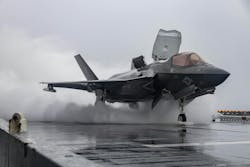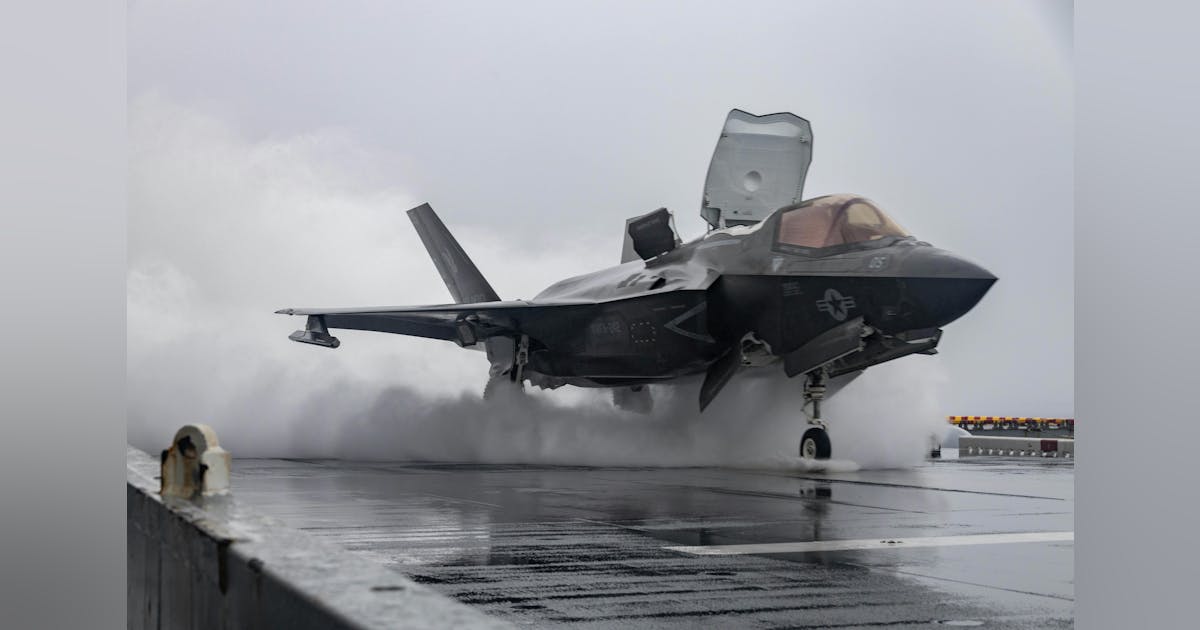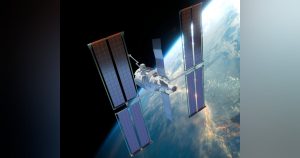Lockheed Martin Explores Computer Simulation to Prevent Deck Damage from Jet Engine Heat
Date: March 5, 2025
Engine temperatures from the F-35B jet fighter and MV-22 tiltrotor can cause warping or even melting of the decks on the Navy’s amphibious assault ships. U.S. Navy specialists are now assessing the possibility of using computer simulations and data analysis to ensure the safe operation of the Navy’s advanced jump jet on these decks without causing damage.
Officials from the Naval Air Systems Command (NAVAIR) at Patuxent River Naval Air Station, Maryland, revealed plans to collaborate with Lockheed Martin, the manufacturer of the F-35B, to evaluate whether this aircraft can safely operate from the upcoming landing helicopter assault ship, USS Bougainville (LHA 8), without risking deck integrity.

Challenges with Jet Engine Heat
The F-35B joint strike fighter, characterized by its vertical takeoff and landing capabilities, operates from Navy amphibious ships which lack aircraft catapults. However, the intense heat generated by the F-35B during these operations poses significant risks to the vessel’s decks, leading to potential structural issues if not sufficiently managed.
The USS Bougainville, currently under construction, incorporates features intended to mitigate this problem, such as enhanced deck materials and heat dispersal systems. However, conventional testing methods to certify the F-35B’s operational safety aboard such vessels prove to be lengthy and costly, often requiring extreme environment assessments that can risk the structural integrity of the ships.
Innovative Approaches to Flight Testing
To expedite the certification process, Navy experts are seeking to leverage advanced piloting simulations along with historical flight test data from similar vessels to minimize actual flight testing. Lockheed Martin will be instrumental in assessing whether the Bougainville can be certified for F-35B operations using these simulations and analyses exclusively.
Lockheed Martin is uniquely positioned as the sole entity responsible for such computer simulation and analysis tests, indicating that the Navy will pursue this task without competitive bidding. Details regarding forthcoming contracts for this work with Lockheed Martin remain to be finalized.
For further information, you can contact Lockheed Martin Aeronautics via their official website here, or visit NAVAIR’s site here.
Source: Original Article













